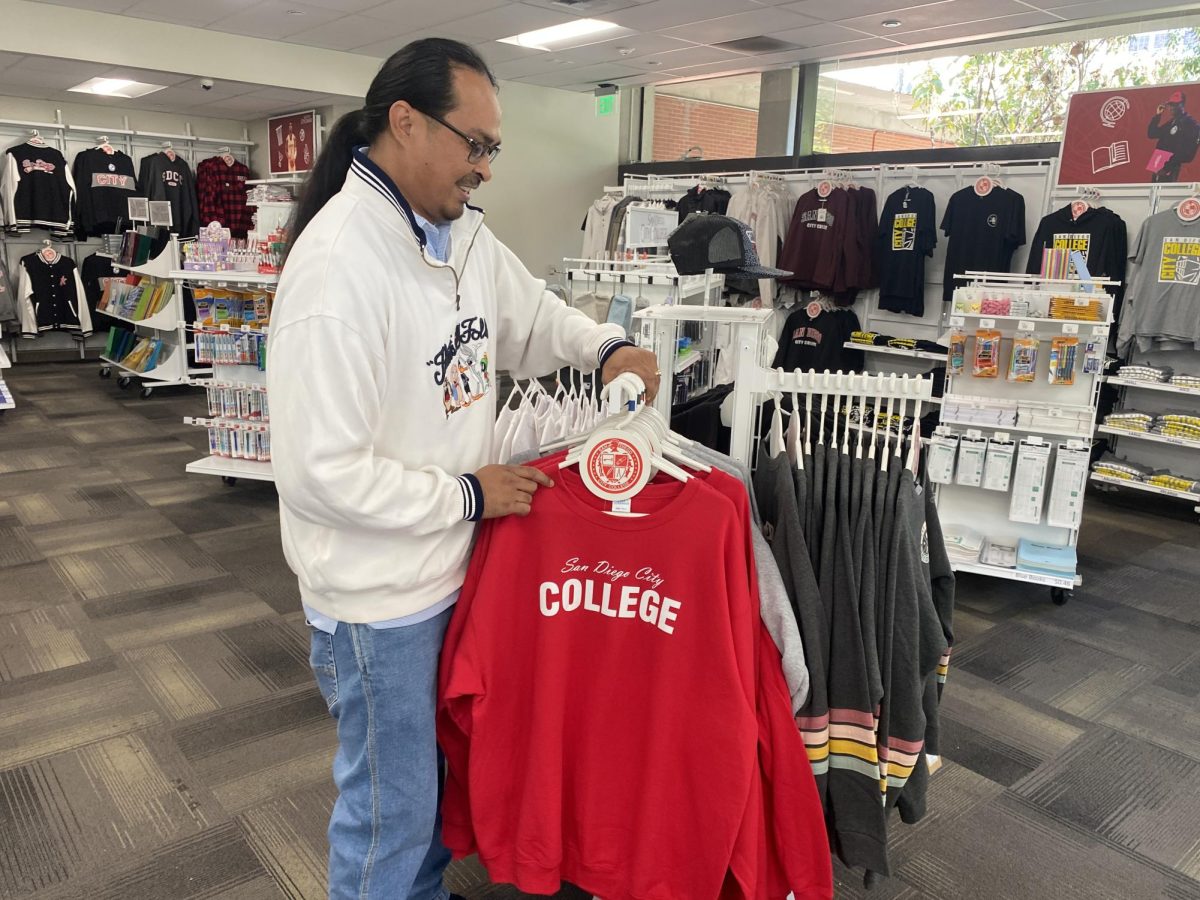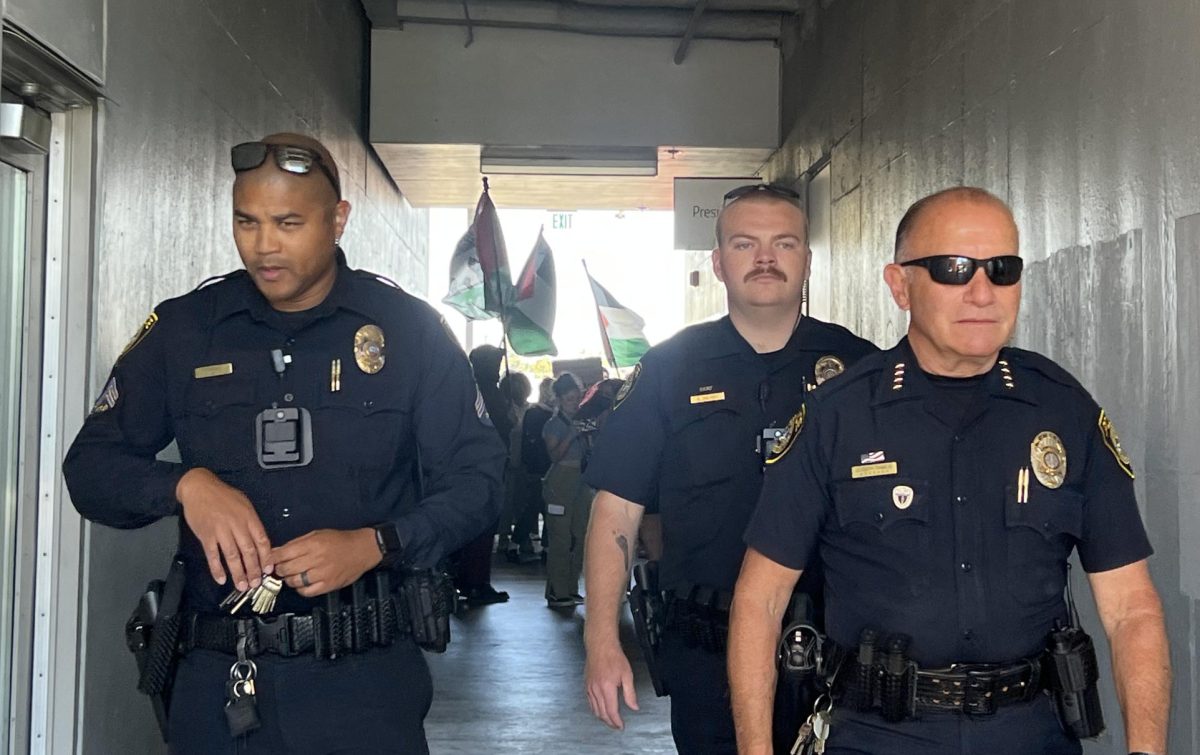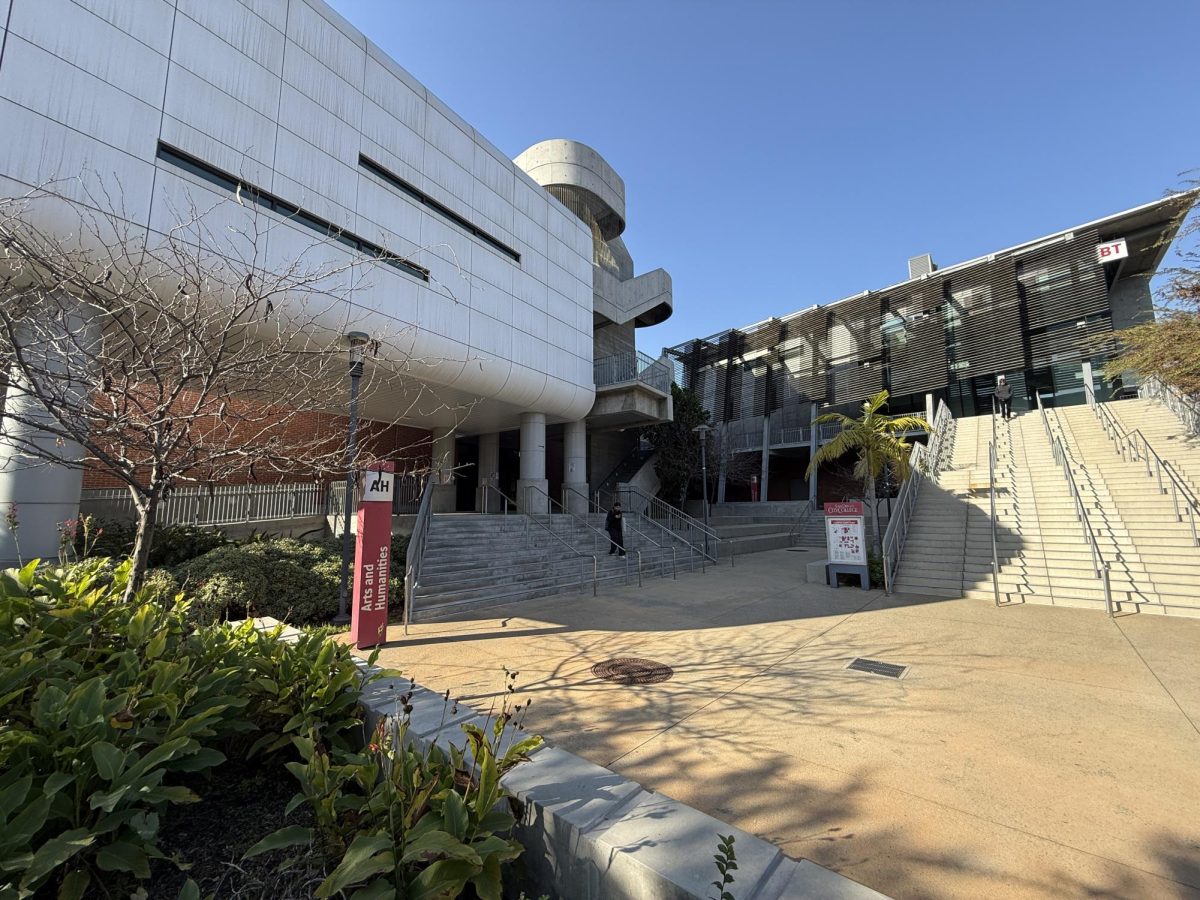A medium close-up shot of New York Justice Frank Torres sitting down for an interview in his home reflecting on his immigration to America – as he speaks, images of his family, younger self and siblings are shown.
“Those of us Puerto Ricans that have come from the island to the mainland of the United States, in many instances are looking for greater opportunities that were not available on the island,” Torres said.
“Hispanic Americans: One or Many Cultures?” is a documentary on the similarities and differences between the Puerto Rican, Cuban and Mexican cultures in America. This 45-minute film is part of a seven-episode series named “The Hispanic Americans.”
SDCCD students: Can’t see the video? Click here. You will need your SDCCD student email address and password to access the video.
The documentary, originally released in 2005, shows interviews with Latines from various backgrounds, discussing cultural differences and similarities. Classes and job occupations show certain variables in respective Latine cultures and how they relate to the issues they’re focusing on.
Sociologist Maria Perez said that the experience of Latines upon entering the United States is different depending on whether they are given legal status or not.
“The fact that Puerto Ricans are citizens clearly sets them apart from the way a recently arrived Mexican both deals with acculturation and with accessing services, and with the way he or she will be treated,” Perez said.
The film is an unbiased look into the unique challenges faced by each distinct Latine culture in America.
Since the film was short, there wasn’t enough time to get more background information on where these differences stemmed from. The interviews bring up good topics to discuss, but have little time to highlight the economic and educational issues.
I would’ve preferred the b-roll footage to have a more emotional impact. There were times when the interviews would cut to a b-roll that felt generic of people walking on the street that didn’t really grab your attention.
More visuals of the issues would’ve brought more attention to what’s being discussed.
The San Diego City College library website provides other films and resources free to all students.
Hispanic Heritage Month starts Sept. 15. Stay updated with upcoming events with the campus events calendar.
Editor’s note: City Times has updated its style guide to standardize the use of the word Chicane and/or Latine when referring to people together who identify as a person from, or whose ancestors were from, a Latin American land or culture. The Associated Press Stylebook recommends using the word Chicano/Latino.
Clarification, Sept. 16, 5:30 p.m.: Story updated with instructions for SDCCD students to access the movie.








